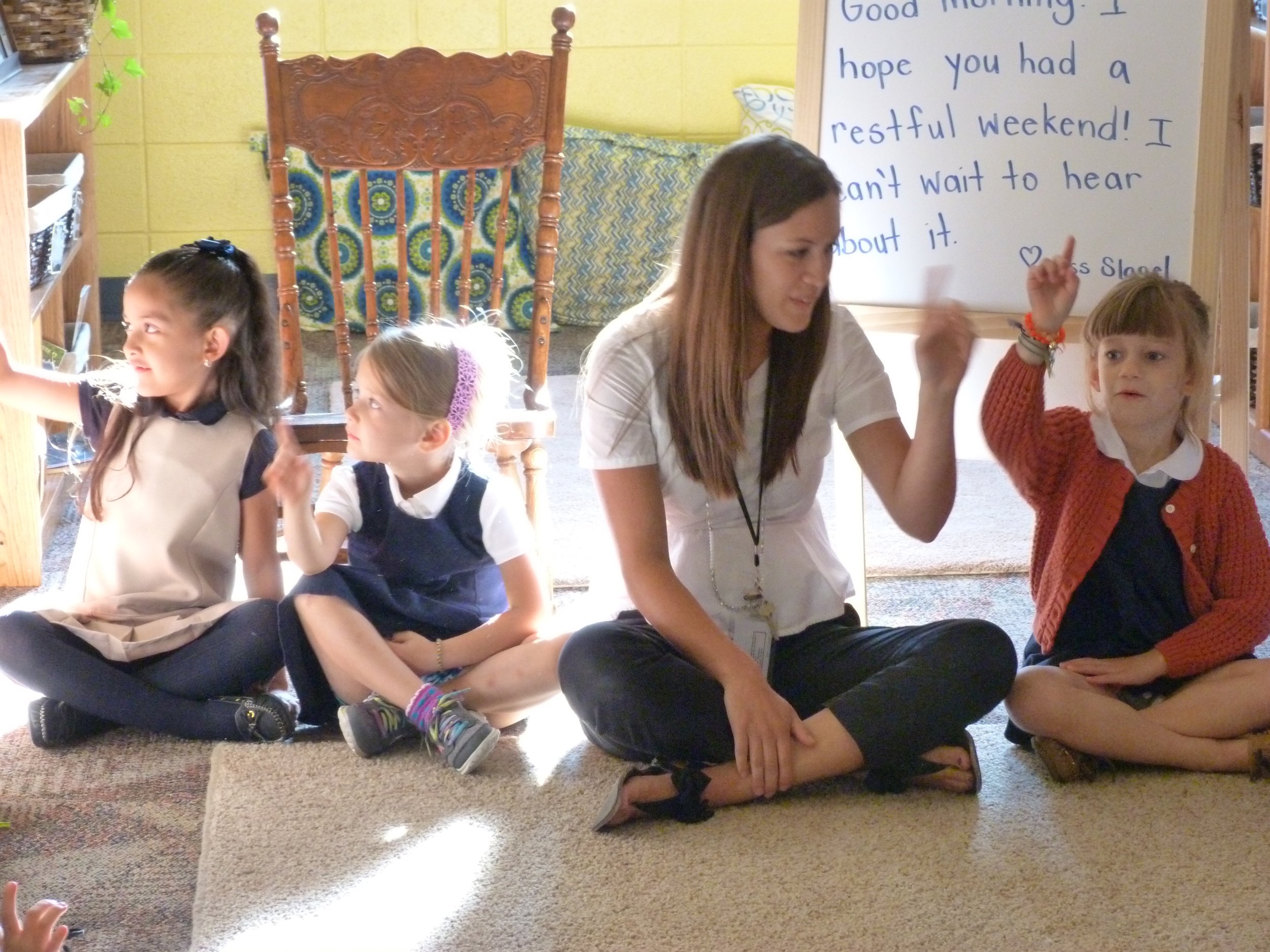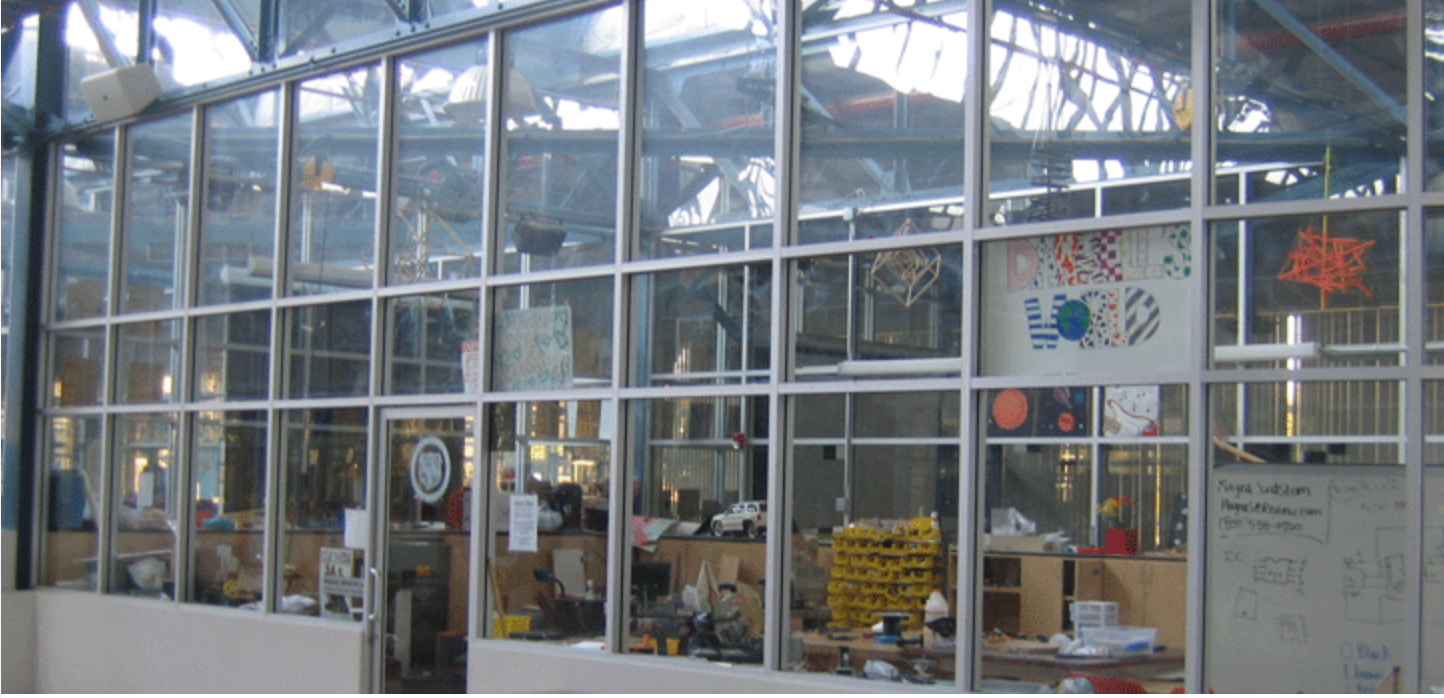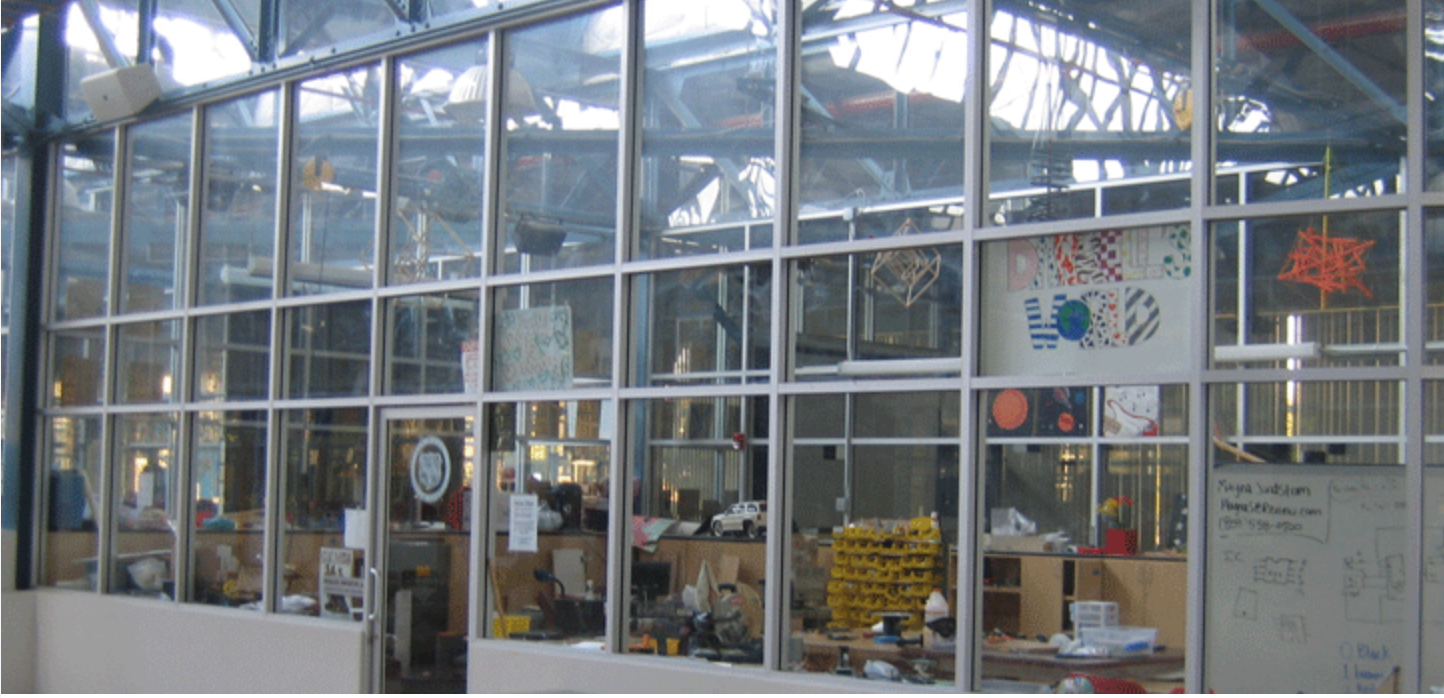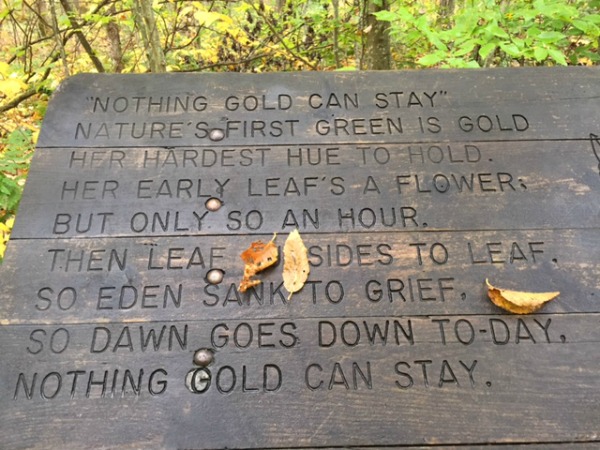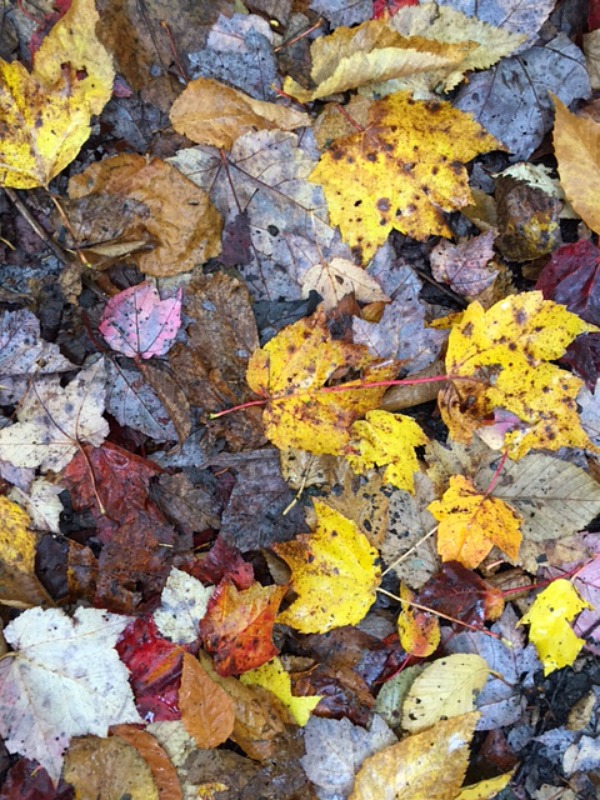What Does Jordan Spieth Have to Do with School?Simple: Mirror Neurons!
If you’re not a golf nut like me, you probably don’t even know who Jordan Spieth is. He’s currently the #1 professional golfer in the world…at a mere smear 22 years of age. So, let’s just say he’s a superior athlete. Full disclosure to all you educators, he left University of Texas after one year, to turn pro at 19. His PGA buds love to call him Drop Out.
That said, he’s one of the hardest working athletes on the planet. Carol Dweck would love him for his attitude and work ethic. Jordan is an “I can” man…and he knows that to be that man he has to work hard. He is one who certainly embodies Malcolm Gladwell’s 10,000 hour theory.
However, according to his coach, Cameron McCormick, not only does Jordan work hard, he works well…including watching and imagining with a purpose. In an article in last week’s Golf Digest, McCormick explains this practice through the lens of the recent research on mirror neurons by Dr. Vilayanur Ramachandran, director of the Center for Brain and Cognition at the University of California. The good doctor sums up his findings in several TED Talks.
To put his theory simply, mirror neurons, about 20% of the 100 billion neurons in the brain, enable you to copy someone else. This mind brain copying might explain why baseball batters have a better chance of getting a hit if they've just watched, from the on-deck circle, their teammate get a hit. In another more complex example, it could explain why amputees who suffer from phantom-limb syndrome--a sensation of pain in a foot they no longer have--experience relief when watching someone else massage a foot. On a physical level, it suggests our minds are constantly communicating and learning from each other's minds and actions.
McCormick goes on to make the connection with golf, and particularly with his protege, Spieth. So what does this have to do with golf? For one thing, it explains why most of us tend to play better when paired with better golfers, or worse when we play with people who don't take the game as seriously. Jordan noticed this as a teenager. We talked about it, and from then on he made a concerted effort to pay keen attention to players who do things well, and to ignore those who didn’t.
Is it any wonder, then, why modeling for children is so critical…if 20% of each child’s brain is dedicated to copying, then it goes without saying why examples of excellent student work cause more excellent work to be made (Ron Berger)…why many drafts, perseverance, and hard work cause more of the same (Carol Dweck)…why being kind creates more kindness (Jesus)…why empathic behavior begets more empathy (Buddha)…etc. Keep this in mind as you work to create a culture in your classroom, in your school, in your community. Call attention to students who work hard, to examples of work well done, to examples of exemplary behavior. Your goal is to develop students who watch and imagine with a purpose.
 It seems many of our friends have died this year, and even this month. With tragedies in Paris and everywhere far and near, the world seems heavy with sadness. This becomes all the more poignant during this time of gratitude for family and love, for daylight and moon light.
It seems many of our friends have died this year, and even this month. With tragedies in Paris and everywhere far and near, the world seems heavy with sadness. This becomes all the more poignant during this time of gratitude for family and love, for daylight and moon light. We especially appreciate the bare trees and blue sky, the bittersweet and golden colors that we bring inside during the Thanksgiving season. Tomorrow our tribe arrives and for that we are so grateful. We are surely blessed to be alive in this beautiful world.
We especially appreciate the bare trees and blue sky, the bittersweet and golden colors that we bring inside during the Thanksgiving season. Tomorrow our tribe arrives and for that we are so grateful. We are surely blessed to be alive in this beautiful world.




